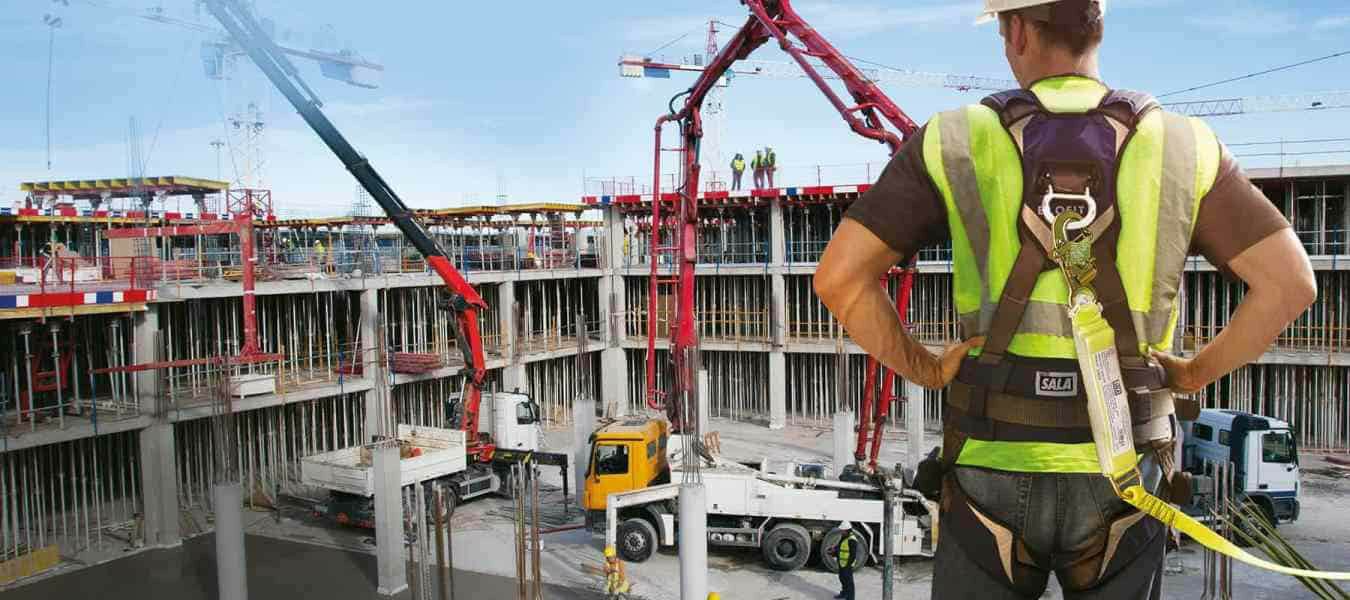


 349,500 Offered Certificates
349,500 Offered Certificates
 24/7 Online Training
24/7 Online Training
 Money Back Guarantee
Money Back Guarantee
 Fully Accredited Courses
Fully Accredited Courses

Created at: 22-02-2025 16:41
As industries evolve, the importance of safety training becomes even more crucial, particularly in high-risk environments like working at heights. Traditional training methods, while effective, often fall short in providing the immersive experiences that employees need to truly grasp the dangers associated with elevated work. Enter Virtual Reality (VR)—a groundbreaking technology that is setting new standards in Working at Heights training.
Virtual Reality provides a unique opportunity to train employees in simulated high-risk environments. By creating lifelike scenarios without any physical risk, VR allows workers to practice critical skills, make decisions under pressure, and learn from their mistakes in a safe space.
One of the most significant advancements in Working at Heights Safety training is the ability of VR to present realistic simulations. Trainees can experience weather changes, equipment failures, and even emergency scenarios without the inherent dangers of traditional training methods.
This hands-on experience is invaluable for preparing workers for the unpredictable nature of their jobs. For instance, if a trainee encounters a sudden gust of wind while working on a scaffold in a virtual environment, they can learn how to react appropriately—actions that could save their life in the real world.
Companies looking to integrate VR into their Working at Heights Course should consider the following strategies:
The adoption of VR in Working at Heights Certification can lead to numerous long-term benefits:
Consider the example of a construction firm that implemented VR as part of their Working at Heights Course Online. The company noted a decrease in workplace accidents by 30% within six months of introducing VR training. Workers reported feeling more confident when working at heights and credited the immersive experience for better preparing them for real-world situations.
If you’re in charge of safety training at your organization, consider the transformative potential of Virtual Reality. VR not only enhances learning retention and provides hands-on experience but also reduces training costs over time. To stay ahead in creating a safer workplace, it’s time to explore how VR can be integrated into your Working at Heights Safety Course.
For more information on Working at Heights training and to discover how VR can enhance your safety program, contact us at [email protected].